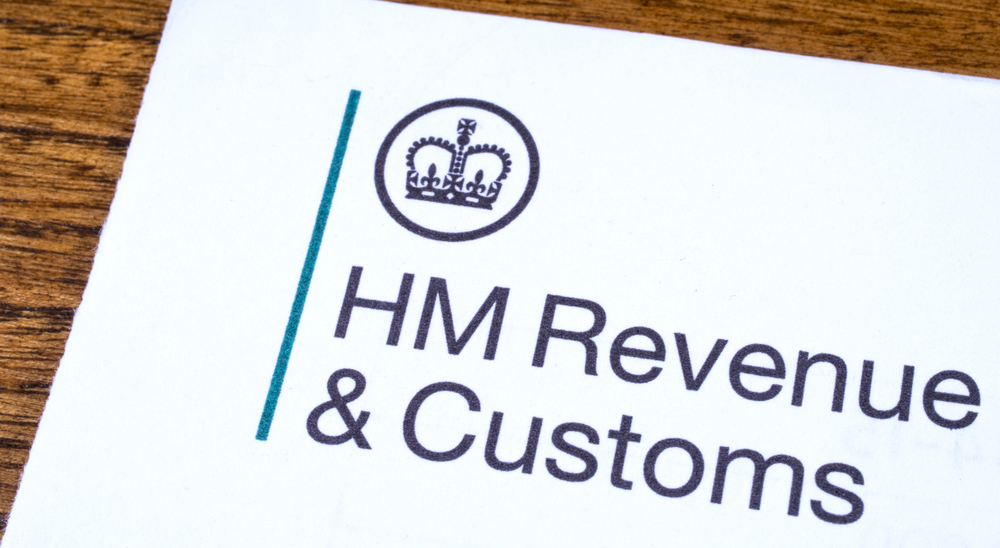
Possible changes to CGT – Update on the latest OTS review
Tax Transparency
Possible changes to CGT – Update on the latest OTS review
Fri 13 Nov 2020
The Office of Tax Simplification (‘OTS’) has published the first stage of its highly anticipated review of Capital Gains Tax (‘CGT’) providing some detail on their recommendations to the Government which may form the basis of the Chancellor’s plans to fund at least some of the UK’s Covid debt.
Currently CGT is commonly payable by business owners, second property owners and investors. CGT only brings in just 1/20th of the same revenues obtained from income tax. So, it seems reasonable to say that CGT is perhaps an easy place to increase revenues for the Exchequer.
The OTS, who have been carrying out the review that was commissioned by the Chancellor, have so far made recommendations in four keys areas:
- The rates of CGT
- Annual exempt amount
- Transfers on death
- Business reliefs
One point worth noting is that the review has left Private Residence Relief untouched, which allows a taxpayer to sell their main residence without triggering a CGT charge. A welcome relief from what could have been a controversial move.
Rates
It is not a surprise that one of the recommendations is to more closely align the CGT rates to those of income tax rates as it has always been an area of scrutiny from HMRC for taxpayers who attempt to convert income to gain to benefit from the lower rates. CGT rates of 10%, 20% or 28% are currently much less than the income tax at 20%, 40% and 45%.
Whilst the OTS may have recommended to significantly increase the rates, they have on the other hand given a slight sigh of relief for taxpayers by recommending that if this be the case that the Government consider allowing taxpayers to account for inflation when calculating the gain and allow for a more flexible use of capital losses.
Annual Exempt Amount
Currently every taxpayer is entitled to an annual exempt amount which is £12,300 for 2020/21. This is thought to be an administrative de-minimis which stops taxpayers from needing to file self assessment tax returns, although this does serve to exempt gains from tax. Over 25,000 people reported realising gains on their investment portfolio to utilise their annual exemption but not pay any CGT in 2017/18.
The OTS considered the impact of reducing the annual exempt amount in comparison to the number of new taxpayers to the self assessment system and felt that a ‘true de minimis level lies in the range between £2,000 and £4,000’, which could at the current CGT rates increase CGT liabilities by c£2,000. Potentially an easy ‘win’ for the Government?
Similarly to the rates, the OTS have provided recommendations to help support this additional administrative burden such as linking personal tax accounts to the real time CGT reporting or investment providers making the reports, although these provide little solace to the fact that CGT will become payable for many.
Transfers on death
Currently, there is an uplift in the value of assets inherited on death to their market value at that time. This effectively eliminates CGT when there is also a charge to another capital tax – Inheritance Tax (‘IHT’).
The OTS have picked up on the grey area where those assets qualify for relief from IHT, such as business property or agricultural property. Such assets are not currently liable to any capital tax on death. There is a separate debate to have on applying capital taxes on death where income and realised capital growth has already been subject to income tax and CGT throughout someone’s life but let’s leave that for now.
The recommendation is simple; if the asset qualifies for relief from IHT, then there is no CGT uplift. The beneficiary would be deemed to acquire it at the same base cost as the deceased and liable to CGT on sale.
The recommendation goes further to suggest that the Government should look to remove the CGT uplift altogether but offers up rebasing and/or widening the scope for holdover relief to help soften the blow. However, this would seem harsh for taxpayers and it might be better to implement in conjunction with IHT changes.
Business reliefs
With Investors Relief only having been introduced within the last few years, the OTS recommendation is to abolish the relief following an almost unanimous agreement from respondents that there is a real lack of interest for taxpayers.
For Business Asset Disposal Relief (formerly Entrepreneurs’ Relief), the recommendation seems to harp back to the days of Retirement Relief. The OTS suggest that Business Asset Disposal Relief has been mistargeted with taxpayers thinking that this is a relief for business investment and risk-taking rather than for business owners who retire.
Instead, the Government should look at streamlining incentives/reliefs focused on those retiring such as increasing the minimum shareholding to 25%, increasing the ownership period to 10 years and introducing an age limit.
This could have a significant impact on a number of taxpayers and planning opportunities for business sales.
For more information, please contact Sadie Harrison or Paul Barham.


